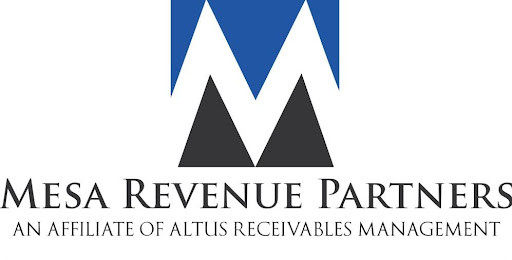From Transparency to Results: Inside Mesa Revenue Partners' Innovative Dashboard

In an industry where many still operate with decades-old processes, Mesa Revenue Partners (MRP) is bringing debt collection into the digital age. Co-Founder and Executive Vice President Tom Priestley and President Heath Wood have spent decades in the collections field, witnessing firsthand how many agencies fail to adapt. "A lot of agencies, they never really adapted," Priestley explains. "They kind of did what they did in the 90s and 2000s. The one thing we try to do is be extremely transparent."
At the heart of this commitment to adaptation and openness is MRP's fully customizable client dashboard, a tool designed to give businesses complete visibility into the status of their accounts. While clients are not required to use it, those who do gain an in-depth, real-time view of every step the company takes to recover outstanding debts.
The process begins when a client uploads their debts into the secure portal. From there, they can track activity at a granular level, breaking down results by sales representative, region, date, or other criteria tailored to their needs. "We try to mirror what they have in-house," Priestley says. "Our agency is meant to be an extension of their business, so the metrics we show them are the metrics that matter to them."
For MRP, this level of customization is about more than convenience; it's about fostering trust. The dashboard eliminates any temptation to inflate recovery figures, a practice Priestley says is far too common in the industry. "A lot of agencies fudge numbers. They will say they collect 90% of what's sent to them, but that's categorically not true. Our dashboard doesn't allow for that. Clients see the raw numbers. If something's not collectible, we tell them exactly why."
This transparency aligns perfectly with MRP's payment model: contingency-based fees. Clients pay only if MRP successfully recovers funds. "We are only making money on the money we successfully recovered for that client," Wood explains. "There's no hourly cost, no upfront cost, no cost if we are unsuccessful."
For many businesses, this approach offers both financial and operational advantages. Since most debts handed to MRP have already been pursued internally for months, the last thing a client wants is to sink more money into an uncertain outcome. "They don't want to throw good money after bad," Wood says. "Our model means they can engage us without risk."
The result is a partnership built on shared objectives. Clients know MRP is motivated to secure the best possible outcome, and the dashboard ensures they can follow progress every step of the way. Whether viewing overall recovery rates or drilling down to see how specific accounts are handled, the tool keeps them informed and engaged.
This integration of technology and client service is not just a feature; it's a philosophy. Priestley emphasizes that the company's success comes from staying adaptable and responsive. "Technology is always changing. If you don't keep up, you fall behind. The dashboard is not the only way we adapt, but it's one of the most powerful because it directly impacts the client experience."
For clients, the benefits extend beyond data. Having instant insight into the recovery process helps them make informed decisions about future credit policies, identify patterns in overdue accounts, and allocate resources more effectively. By mirroring a client's internal reporting structures, MRP ensures the dashboard becomes a seamless part of their workflow rather than an extra administrative task.
In an industry where results are everything, MRP's tech-driven approach stands out for its honesty, flexibility, and client-first mentality. It's not just about collecting debts; it's about building trust, maintaining transparency, and ensuring clients have the tools they need to stay informed and in control.
As Wood puts it, "We don't want to replace what a client does internally. We want to be an extension of their efforts. The dashboard is one way we make that partnership real."
© Copyright IBTimes 2025. All rights reserved.




















